There are some things that make me uniquely qualified to write this post.
First in the course of my life I have trained many many species of animals and studied their behaviors. Many of them very dangerous or even venomous.
Most importantly, I made many mistakes and did things wrong all along the way that I am big enough to admit to and work to do different.
Lets start with Horse training. MY first mentor taught me that the best way to start new colts was to rope them, choke them down, saddle them, maybe even hobble them and climb on and hold on. The worst thing about that method? It most of the time works! Yep that’s the worst thing. It isn’t the times that it doesn’t. It isn’t the injuries to the horses or cowboy that are sure to occur. It is that it sometimes work so some people stick with it. But I knew there had to be a better way. So for my senior thesis I compared different training approaches in horses by adopting 4 wild mustangs and training each in a different way with the leading philosophies of the day. The greatest thing that came from that is I learned some huge lessons. I learned there was a better way and that the strongest rope I should ever use on a horse is the one right between its ears.
I worked with protection dogs for many years of all different breeds. Some of them truly dangerous and powerful. I watched as people used all kinds of techniques over many years and saw the temperament and dogs each produced. There were some clear winners between dogs that were taught with force, violence, fear, pain or intimidation and those who were taught with motivation alone, and those who were taught with a mix of the two.
I trained parrots and having had several ears pierced or lips or eyebrows pierced I learned there must be a better way to work with those animals.
I have worked with venomous snakes, spiders, scorpions and other dangerous animals that may not be able to be forced at all.
I have seen dangerous and abusive relationships of all flavors. Those between humans and other humans, and those between humans and other animals.
All of these experience have taught me that sadly some bad ideas work and get perpetuated, and more importantly there is almost always a better way to do something.
I was so fortunate to get to meet Dr Ian Dunbar and learn from him about how he worked with truly dangerous dogs. This is after I had lost the tip of one finger and had my hands thoroughly shredded by a dangerous dog I was trying to rehabilitate. He showed me the difference between what a dog truly understood and what a dog was trying to avoid.
I was fortunate enough to hear about and study David Hartwig and what he accomplished with the amazing dog skidboot. Here is a guy who knew nothing at all about training dogs who taught his dogs more than you or I ever will. He did it all without fear, compulsion, pain, or force. Watch some of their amazing videos.
https://www.youtube.com/watch?v=P2BfzUIBy9A
The bottom line is I am not just sharing my opinion, I am sharing countless years and hours of experience good and bad with all kinds of animals and circling back to this easy soft biddable breed The Epagneul Breton. It is understanding that love means you want to protect others from the worst parts of yourself. Love is not inflicting pain and fear on others. It is the absence of it. Keep that in mind in all your relationships.
Can you train an EB with force pain and compulsion? Yes you can and it might even work. But you will have a different dog at the end than you would have if you use motivation, reward, and direction. Making the right things easy for the dog to do and the wrong things hard. You can force fetch a Brittany and get a dog that will bring birds back to hand, but it is doing so because it is afraid of punishment and pain. My dogs bring me birds because they want to. They like to retrieve and they know I like it when they bring me birds. We are a team out there. That’s the kind of relationship I want with a dog. Not a compliant robot that is afraid of me.
How many of you know about fear free vet practices? If you do know, would you rather take your dog there or to a clinic that uses traditional restraint to perform veterinary medicine?
So we circle back around to the best way to start your French Brittany puppy, and that is with a combination of motivation and reward, and mild correction which most often is just the lack of reward or perhaps a “No”
We set up lessons where it is going to be easy for the dog to offer the behavior we want from them, and difficult to perform the task wrong. In the 70’s and 80’s most dog trainers were “Trick and Jerk” dog trainers meaning they would trick a dog into making a mistake so they could jerk it around and punish it. It was horrible. It was horrible because it worked. It was horrible because as a young trainer the first group class I held was a choke chain required class where we tricked and jerked dogs into compliance. It was awful. It’s still awful today replaying it all in my mind. Now I teach a dog to walk on a loose leash most often by not using a leash at all if I am starting a young puppy. If it is an older dog that has already developed a problem we use balance and direction to reshape a behavior instead of pain and compulsion.
There is no place for pinch or prong collars, electric shock choke chains or other torture devices in working with an EB. If you are going to argue that those tools are necessary for you with this breed, you are only communicating to me that you don’t understand the breed or dog behavior.
They are so easy to motivate and direct. Why wouldn’t you do it with patience and kindness so the dog wants to be with you in the field?
We ask the dog to perform a behavior, make it easy to get the right answer and make it difficult to get the wrong answer, then reward the correct behavior. It couldn’t be more simple.
Watch our youtube channel. Watch how we introduce the retrieve. Watch how we introduce a leash, or sit or down or whoa. None of the dogs we work with are afraid of being hurt. They are not afraid of trying. They are working towards a reward not working to avoid a correction.
Do you get a paycheck at your work? Do you have other rewards you receive because you like your job and get satisfaction from it? Things such as satisfaction, pride, gratitude etc. Would you keep going to work if you weren’t receiving rewards? Worse would you go to work if all you were doing was trying to avoid punishments? There were jobs like that in concentration camps for example. Fail to work they would kill you. So they worked. Probably working hard to avoid any mistake that would result in injury, punishment or death. Kind of like a dog working to avoid correction instead of one working with a teammate in the field to play the coolest game of hide and seek ever!
Compulsion and correction trainers may get compliant dogs, just as horses I tied up were taught to allow someone to ride them, but dogs that work for me for a common goal are more like riding the horse the AQHA describes as “willingly and willfully guided” a horse that could choose to do whatever it wants, after all it weighs five times what I do, it is bigger and more powerful. Dangerous even. Yet it is willing to do what I ask it not because it is afraid of me but because it trusts me.
If you think you have the exception, come down and train with me. Let’s see how we can work through your problem without fear pain and compulsion. There are a few exceptions I have met them. Just not in this breed yet.
For heavens sake if you really do love your dog, don’t cause them pain, fear or intimidate them. Don’t harm them and call it love. Don’t force them when they can so easily be persuaded.

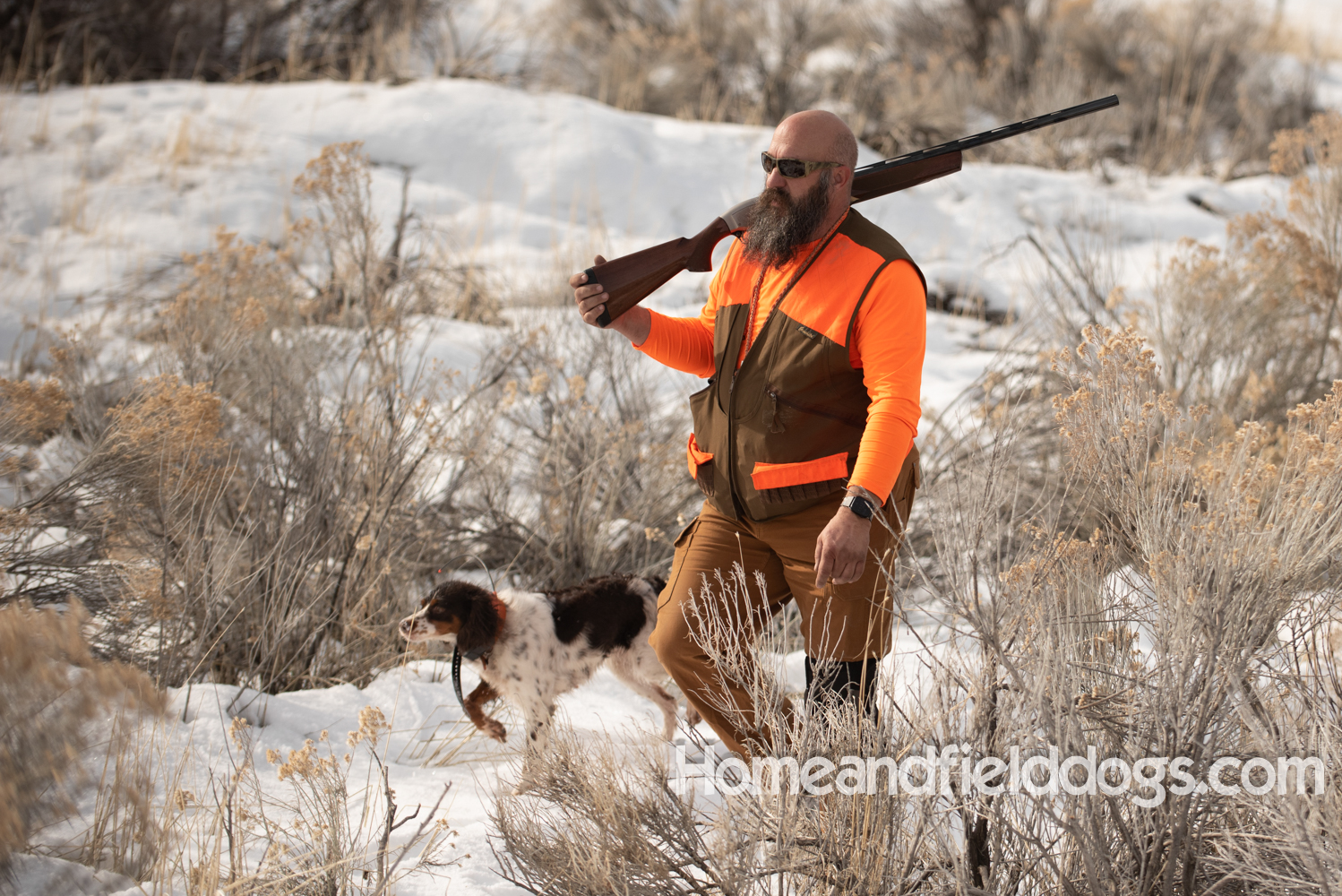


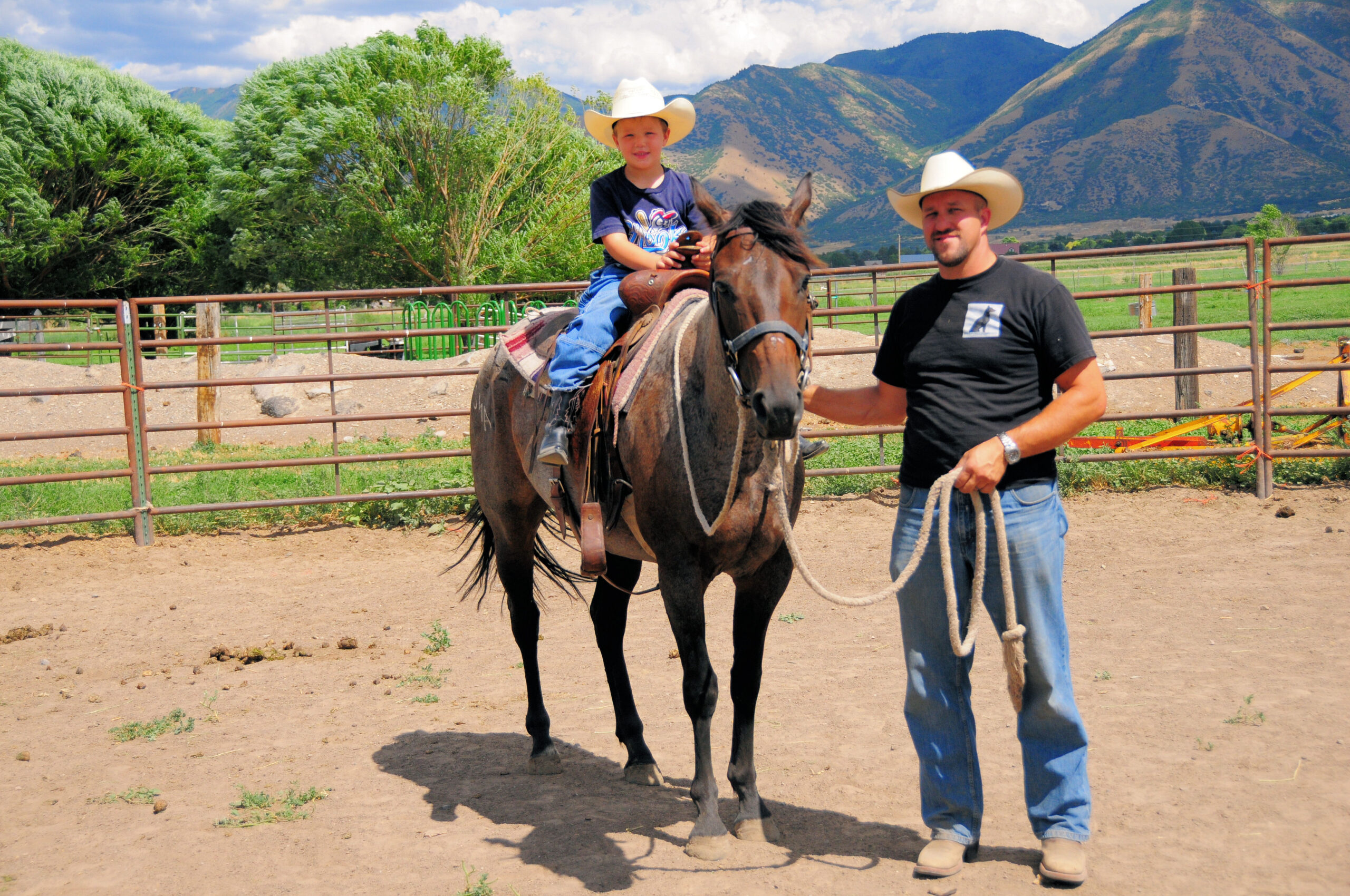

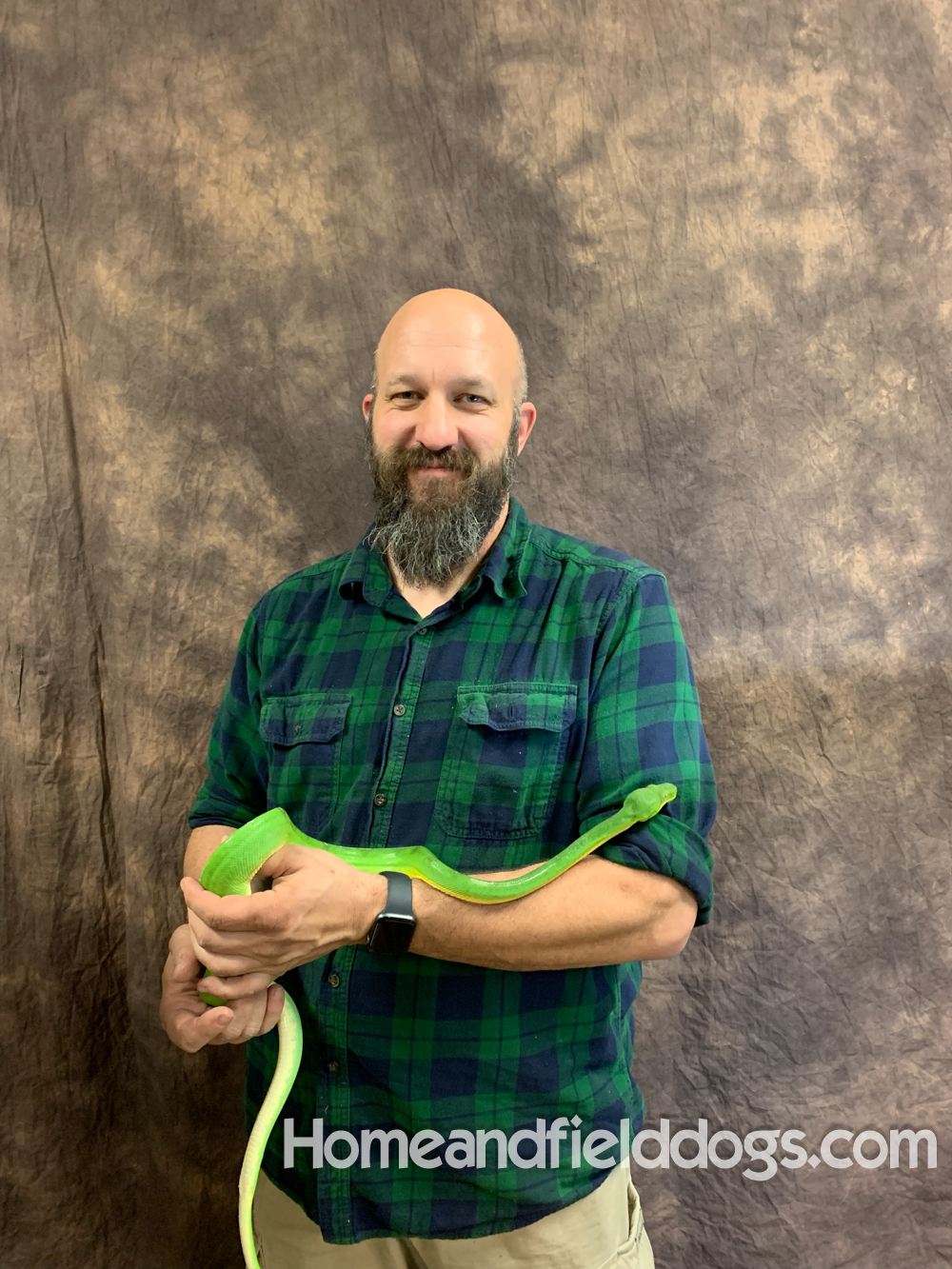
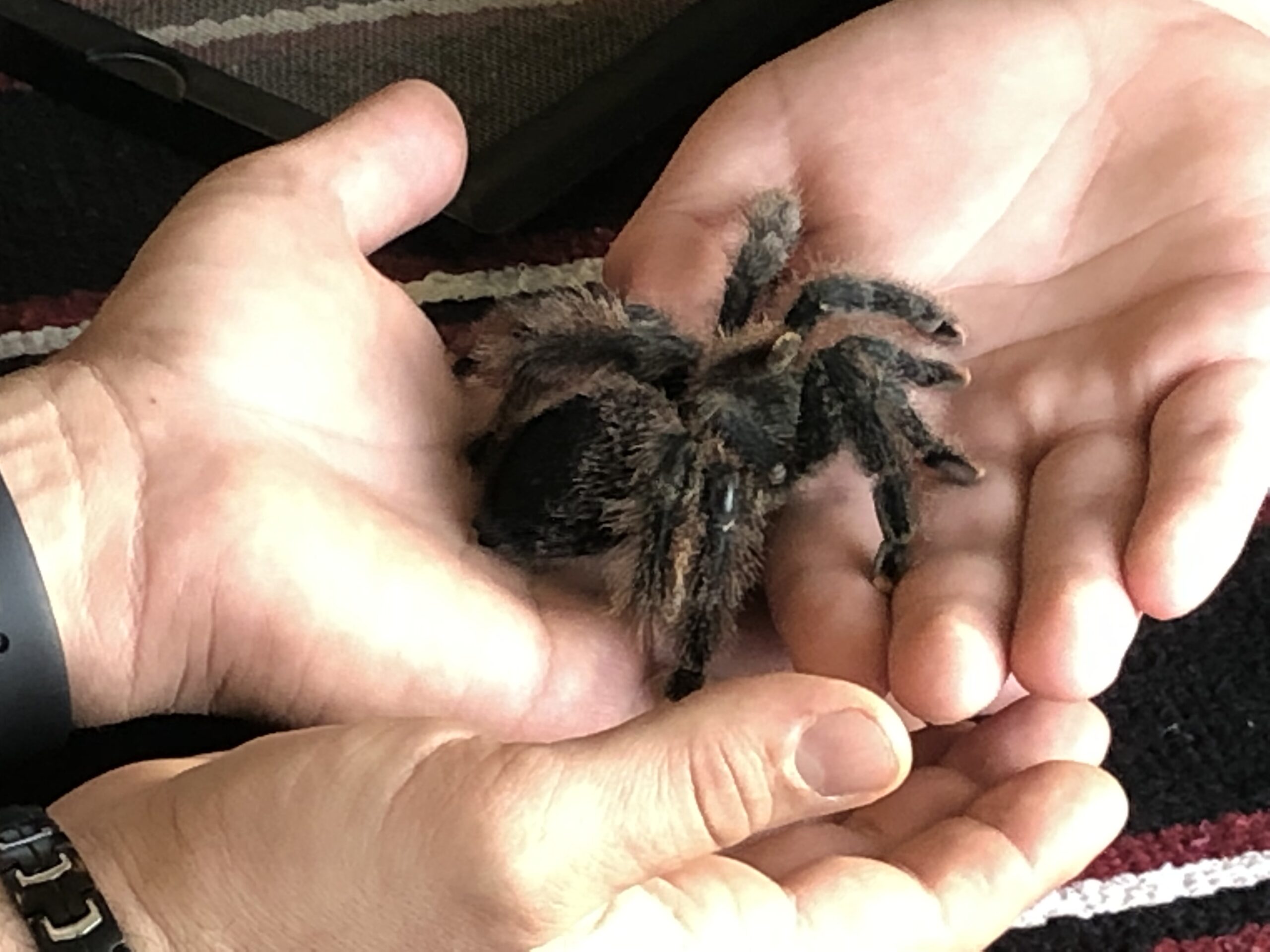

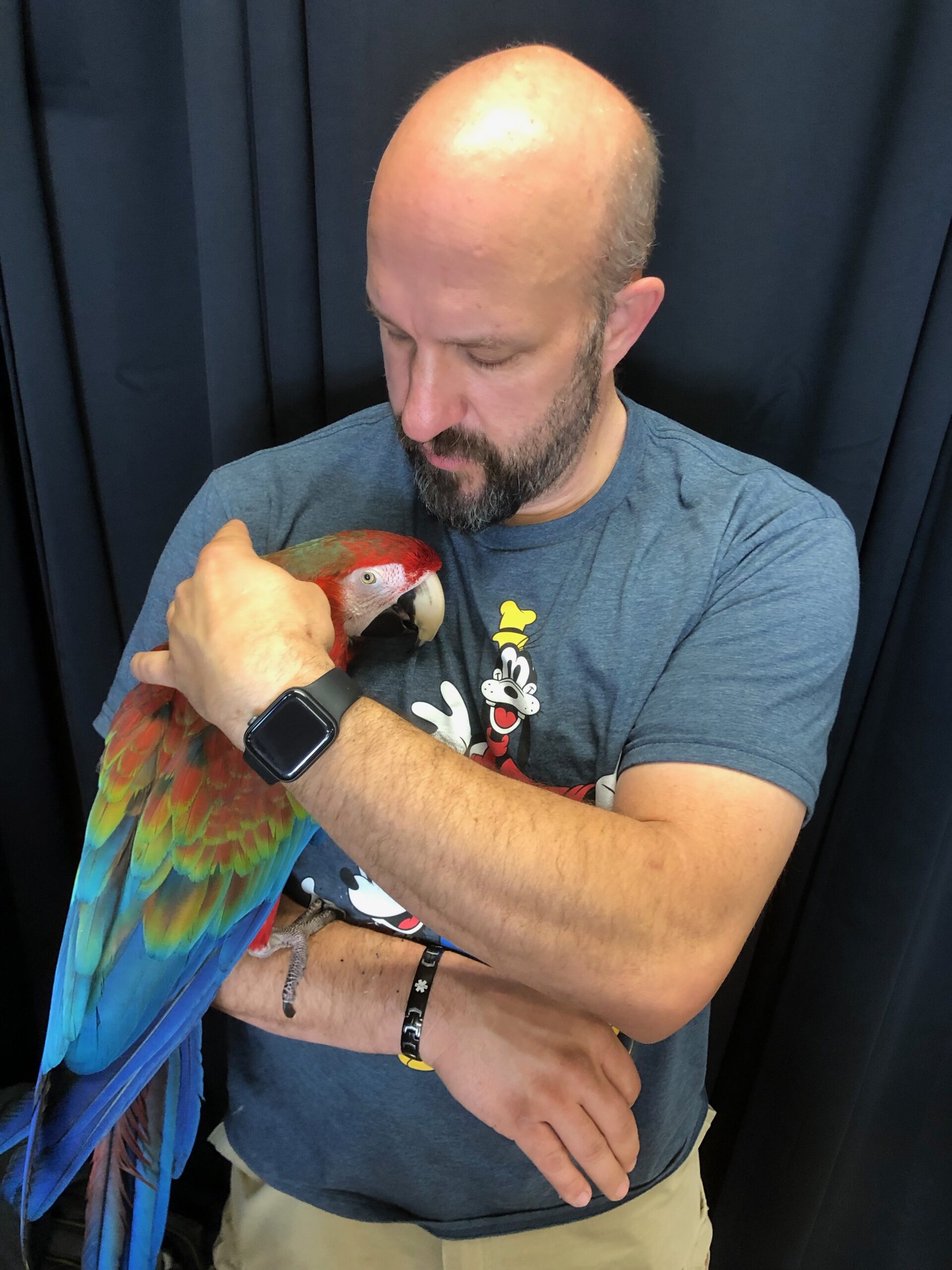
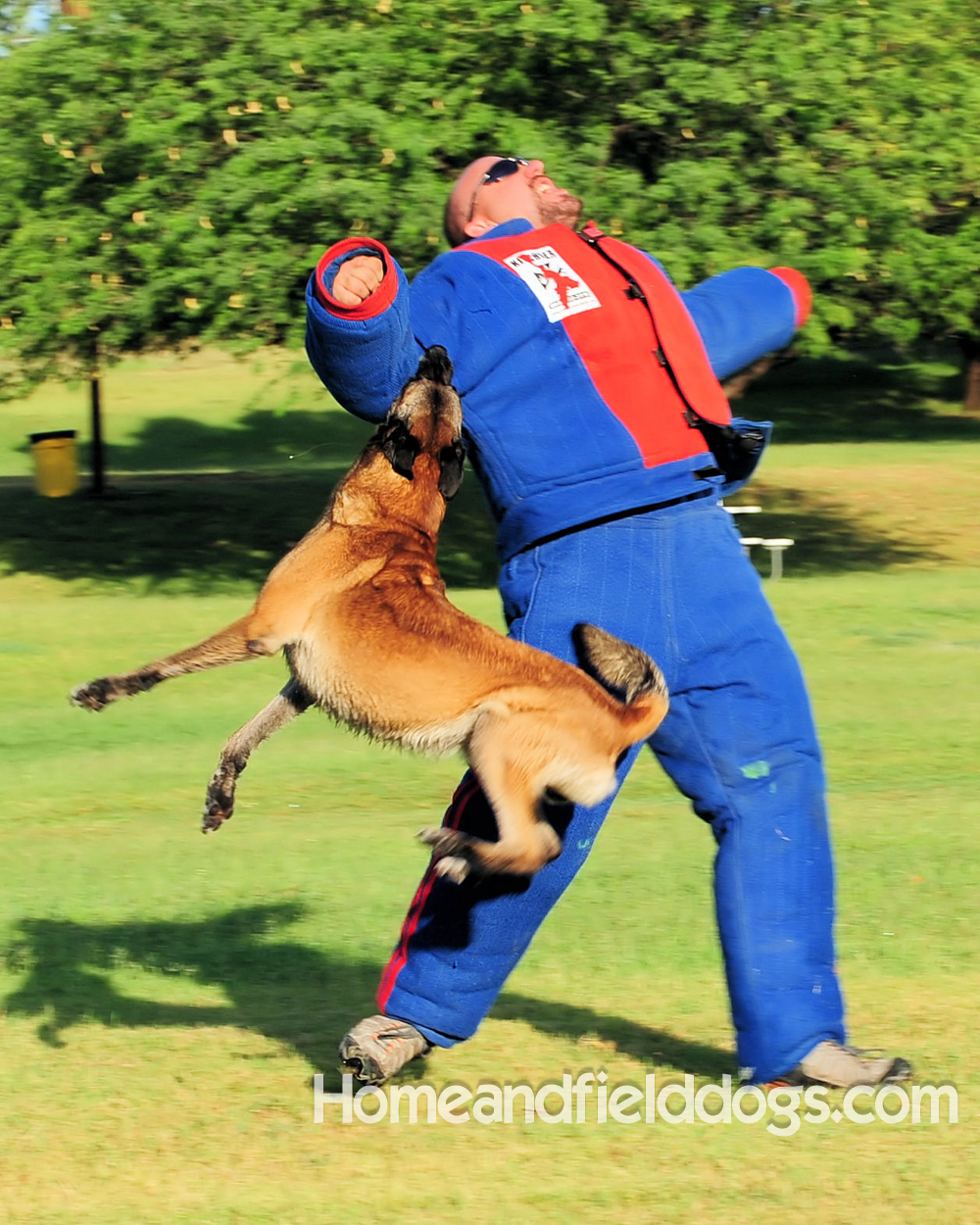
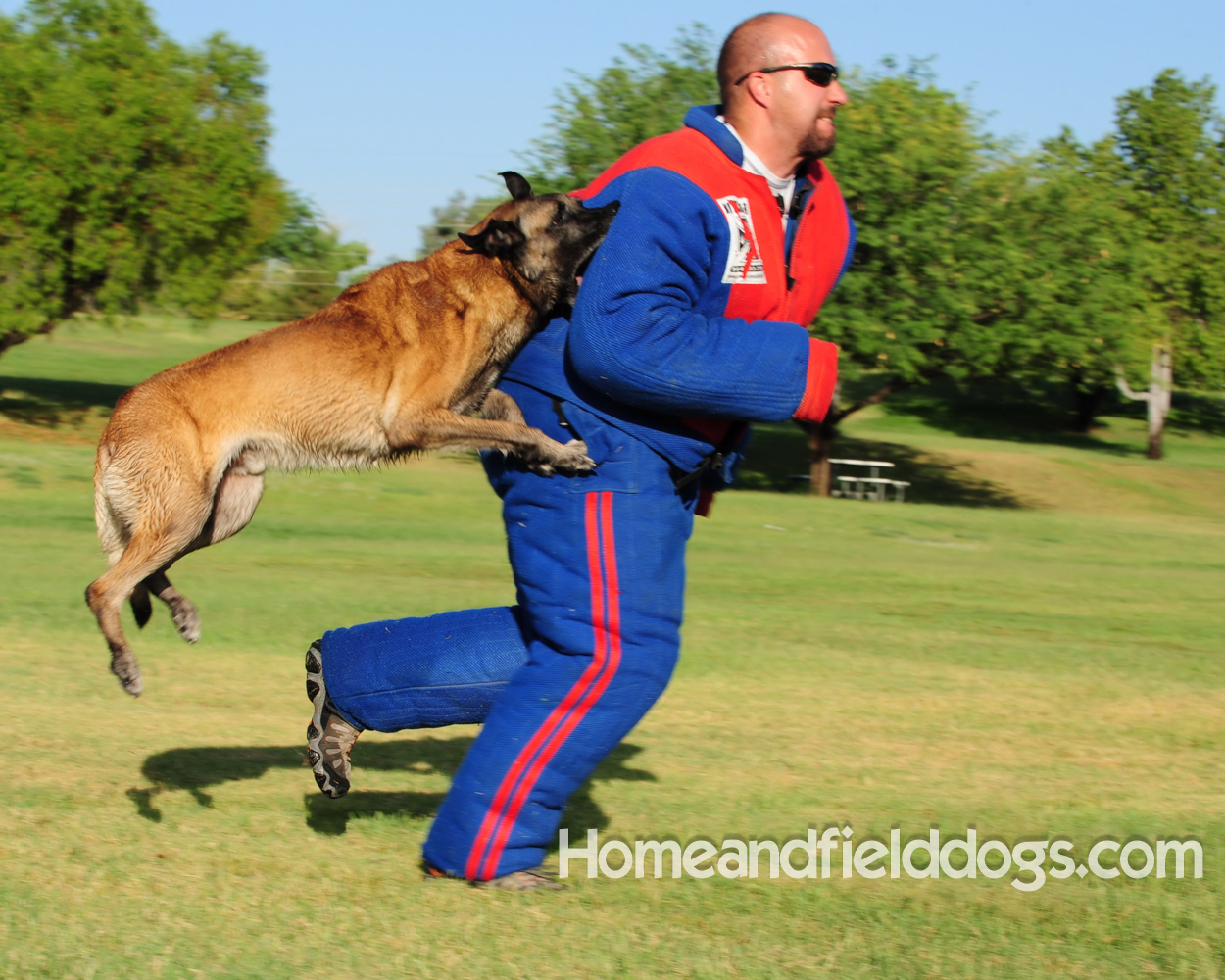
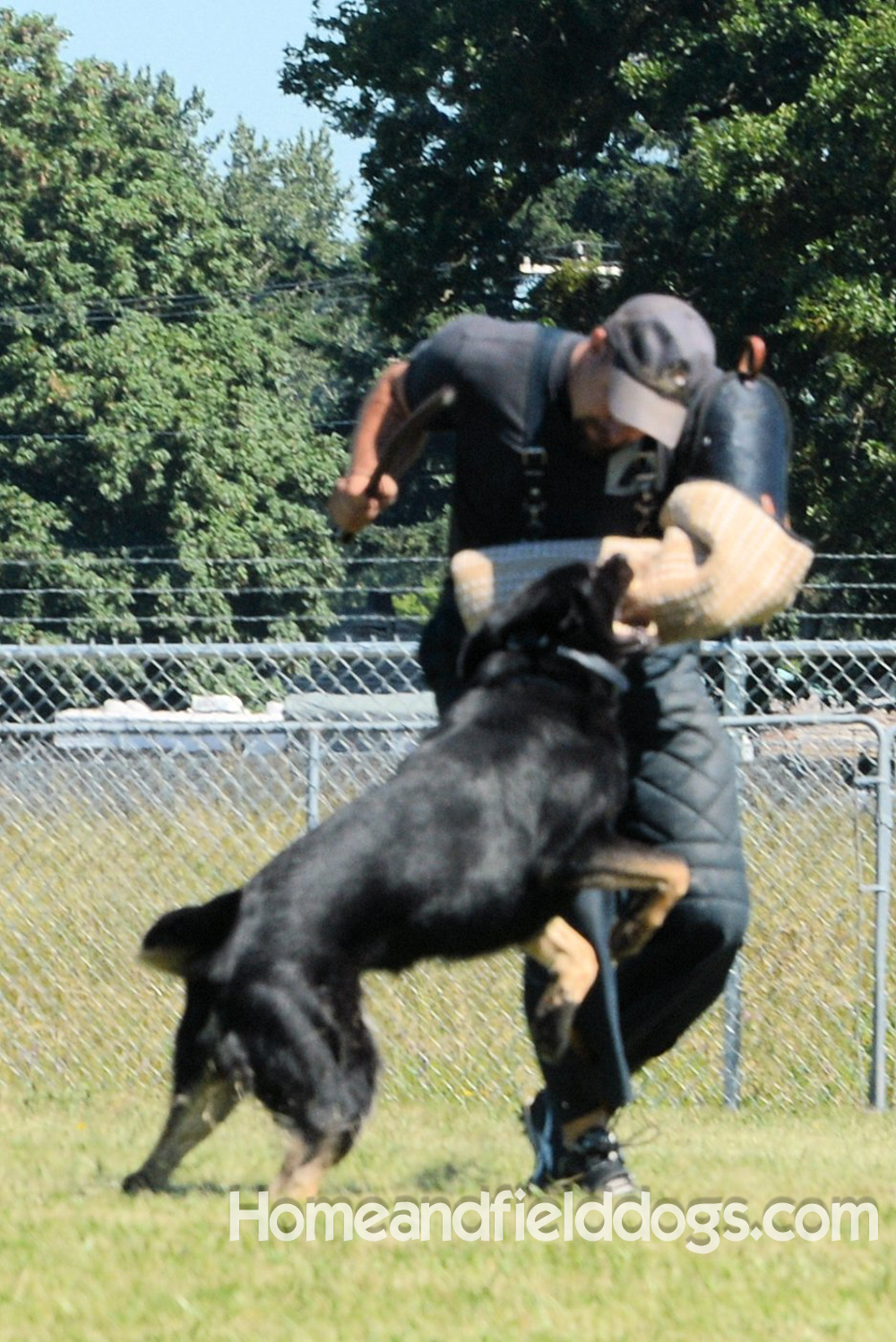
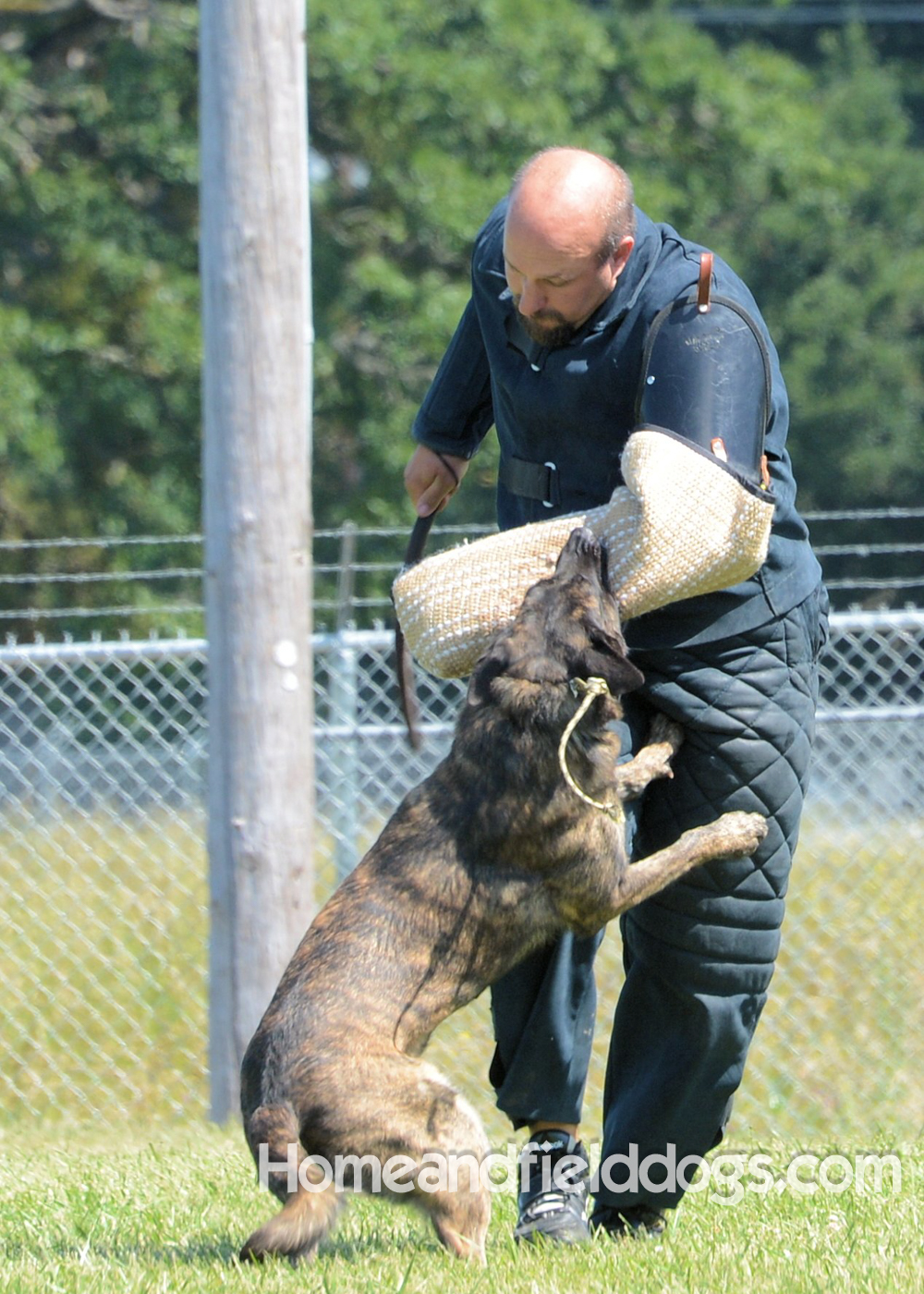
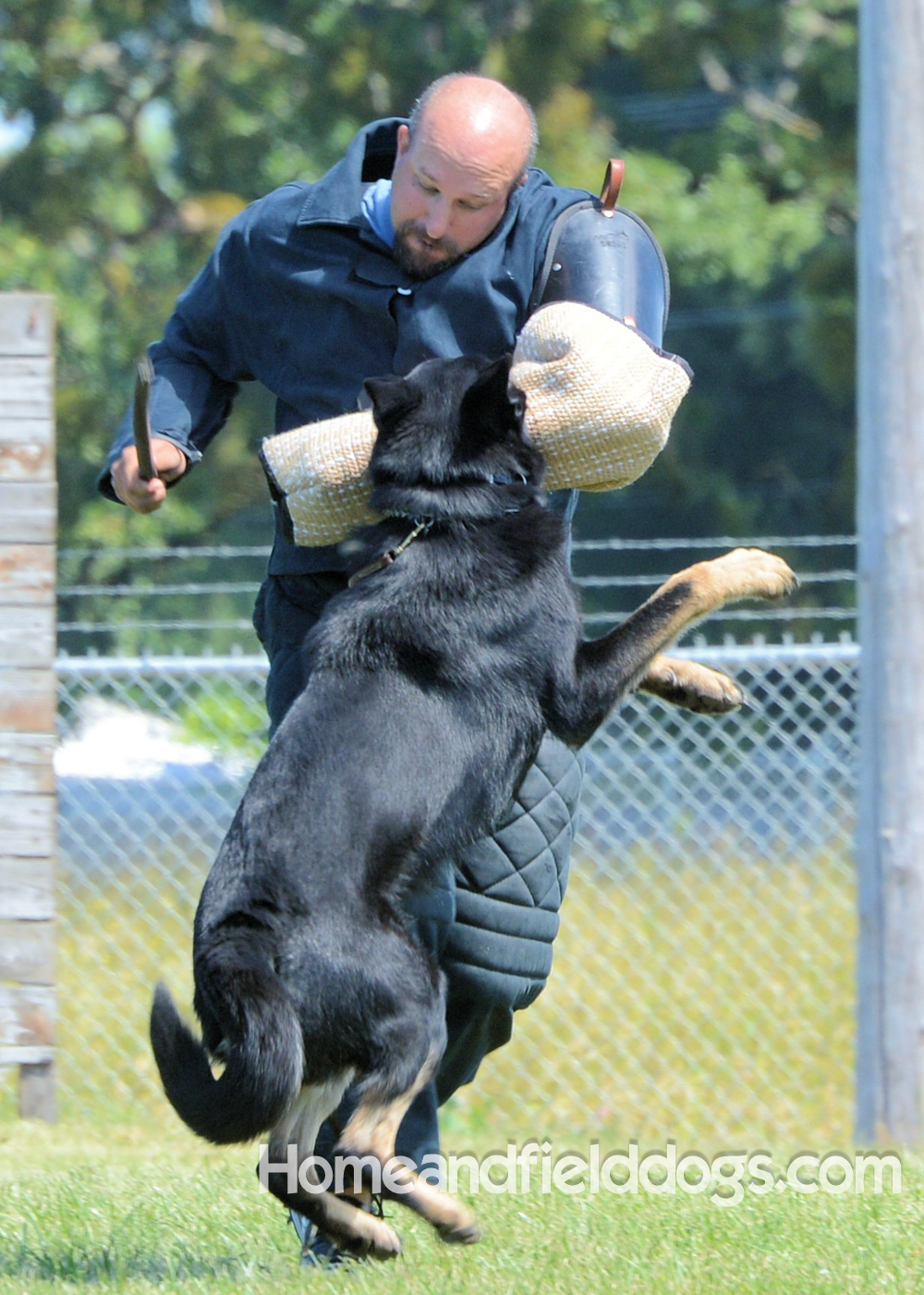
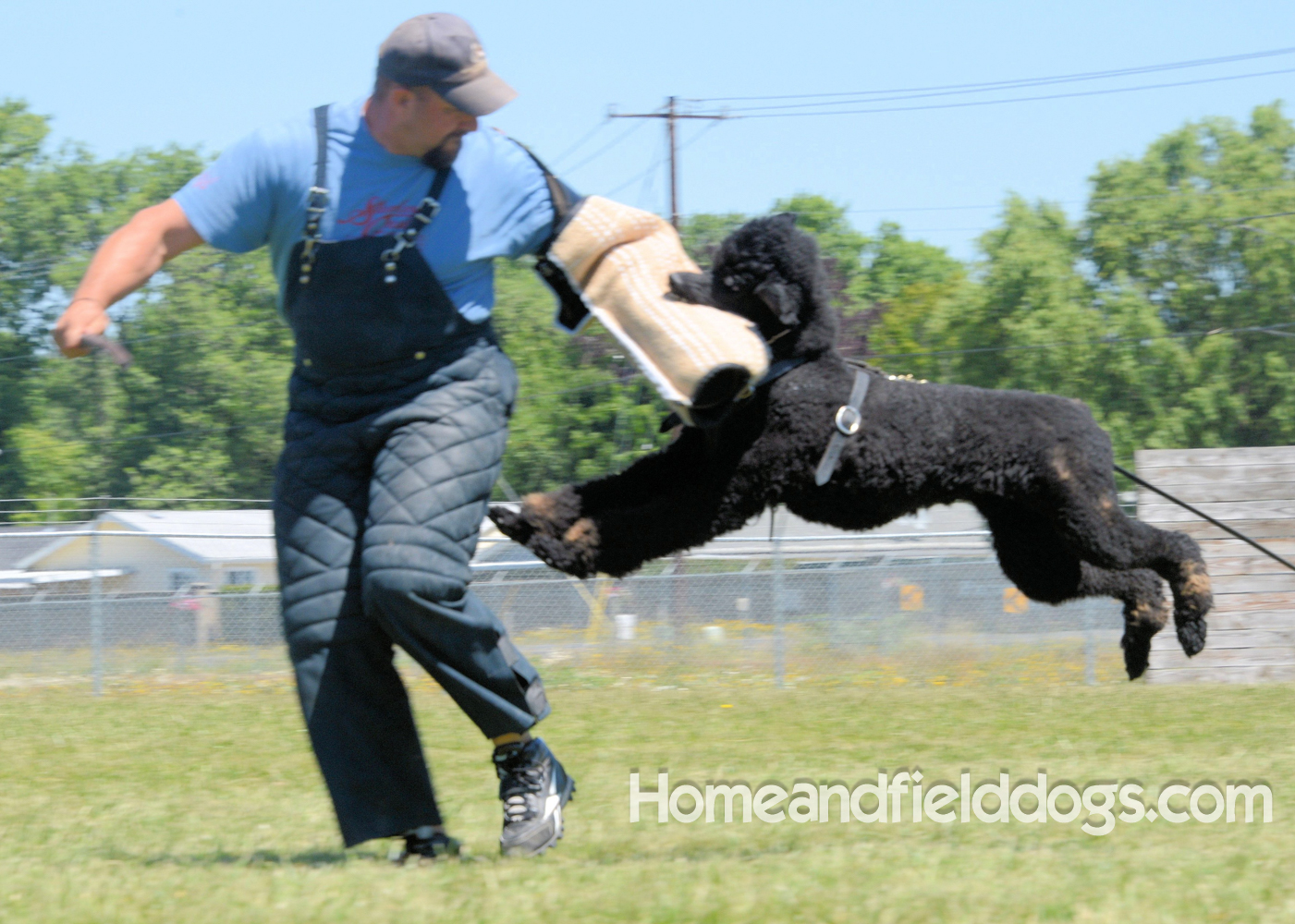

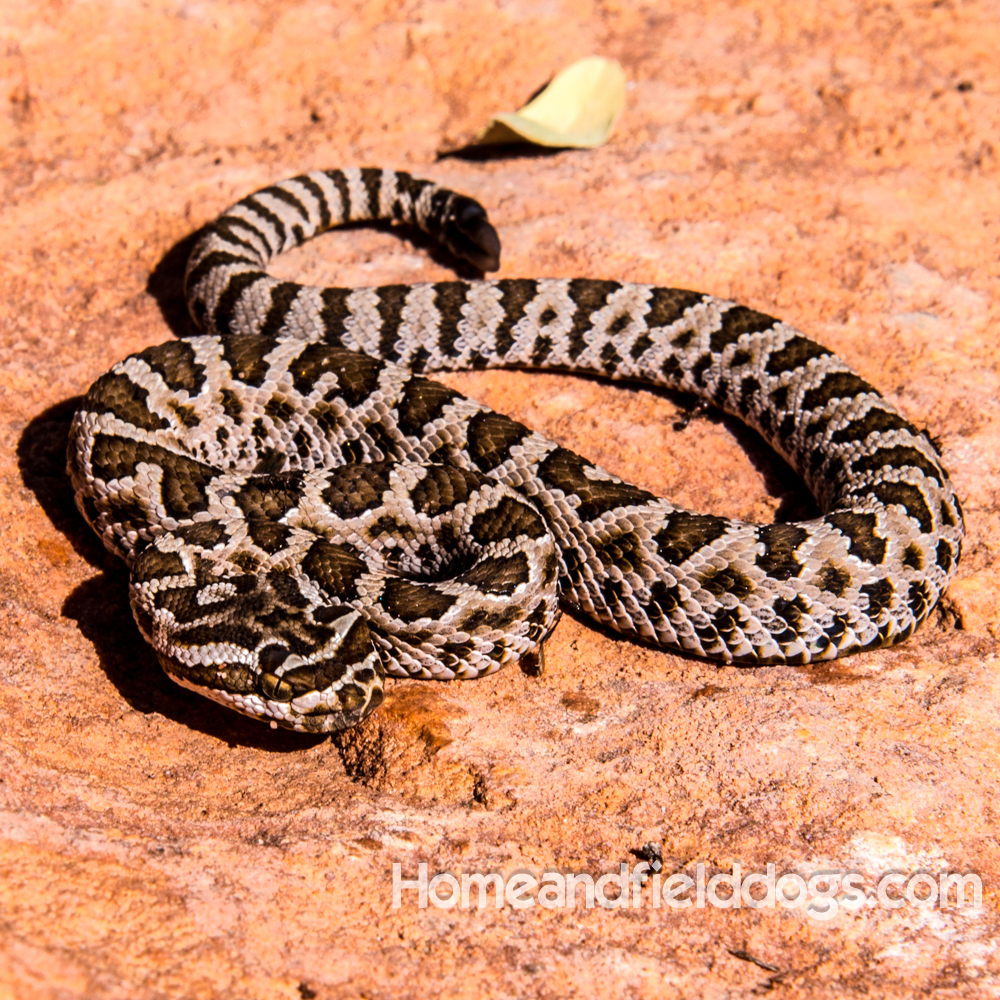


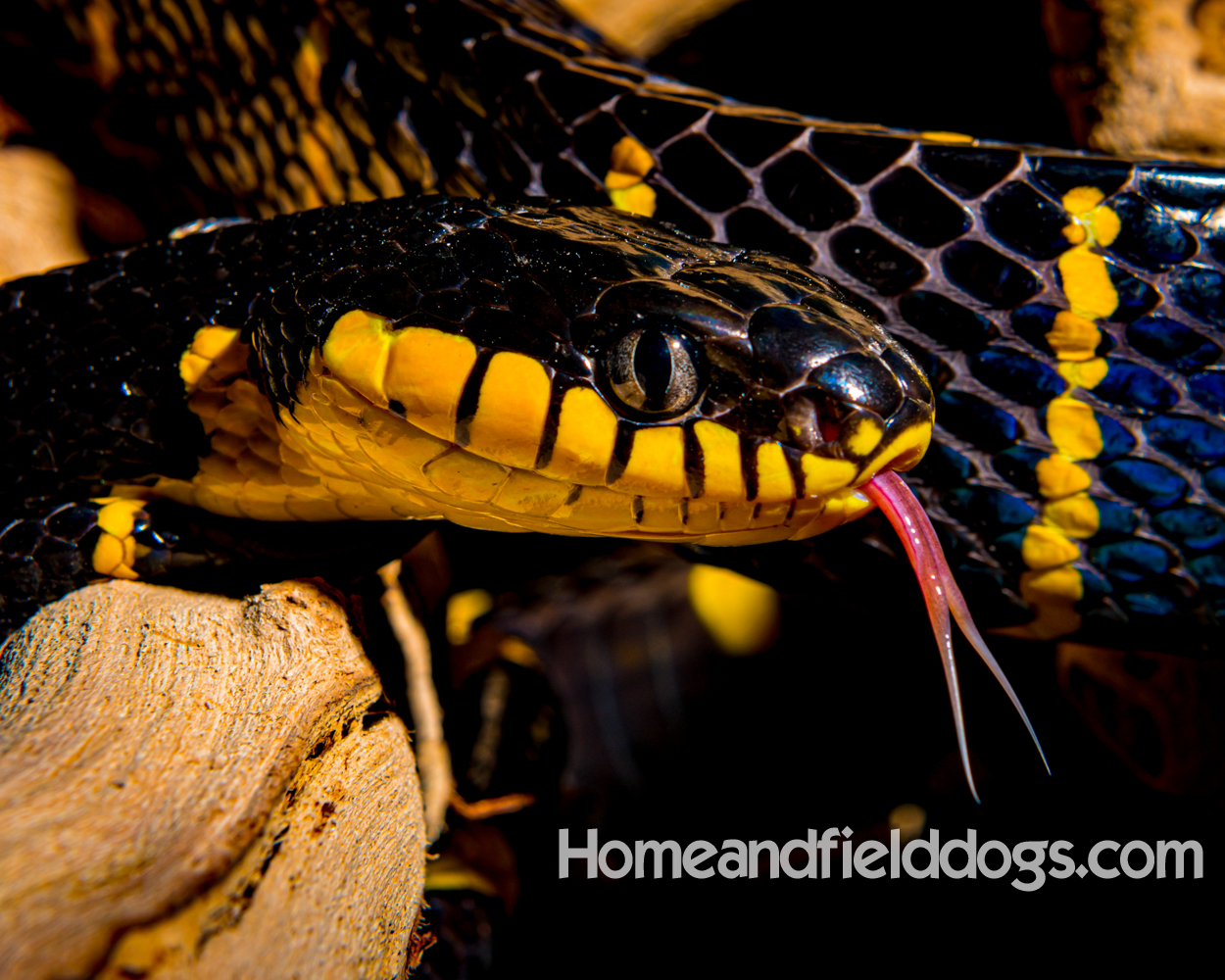
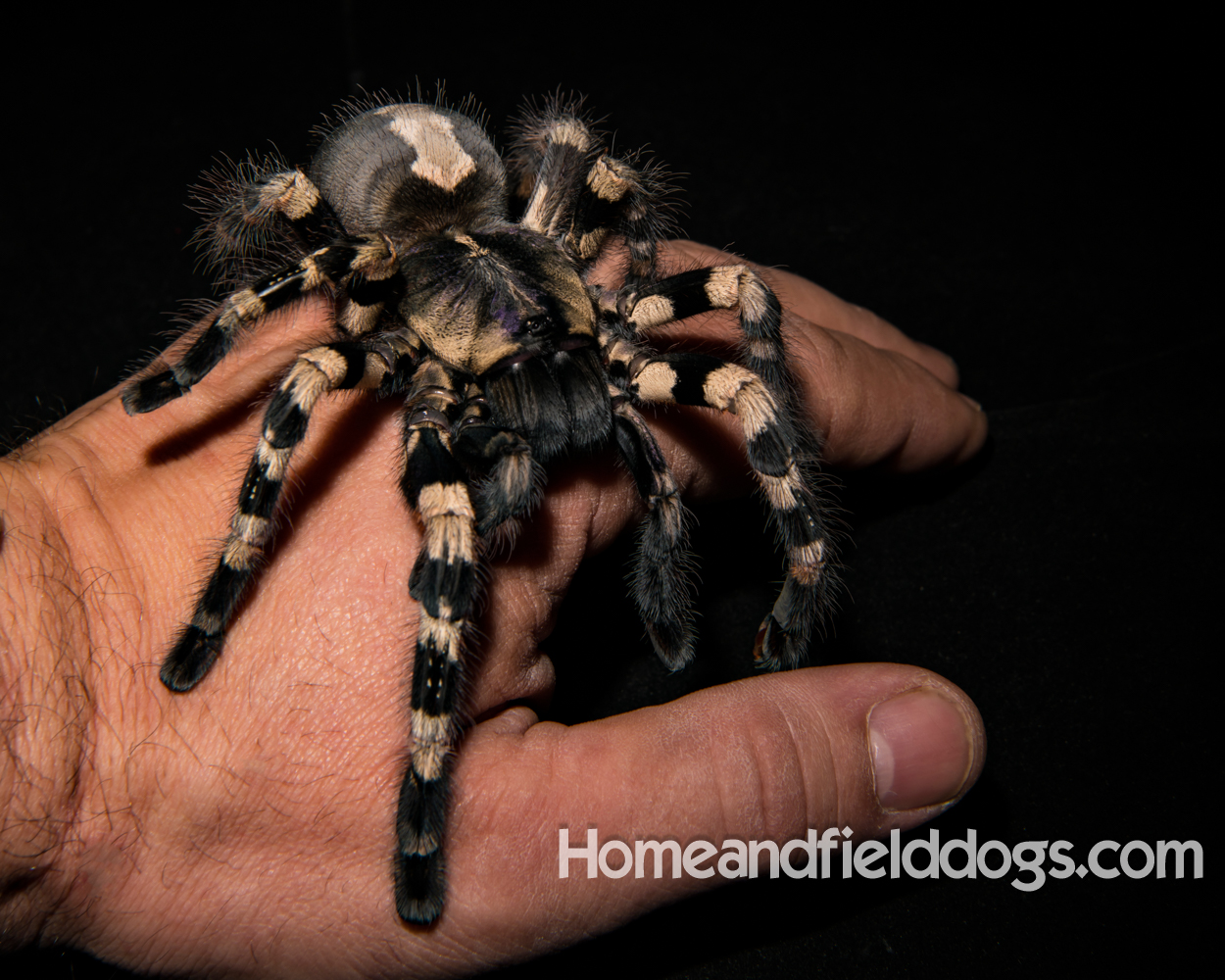
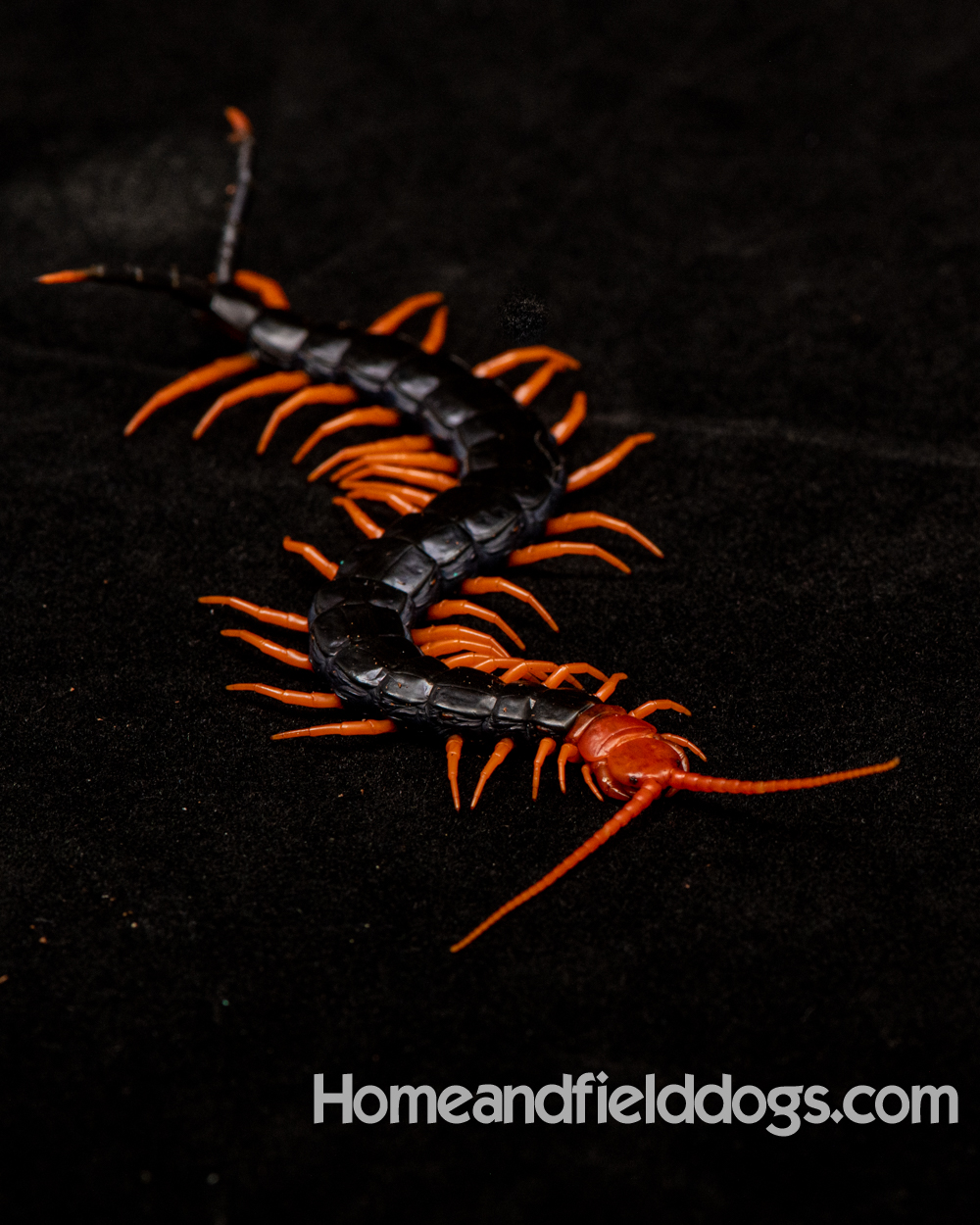




Leave A Comment